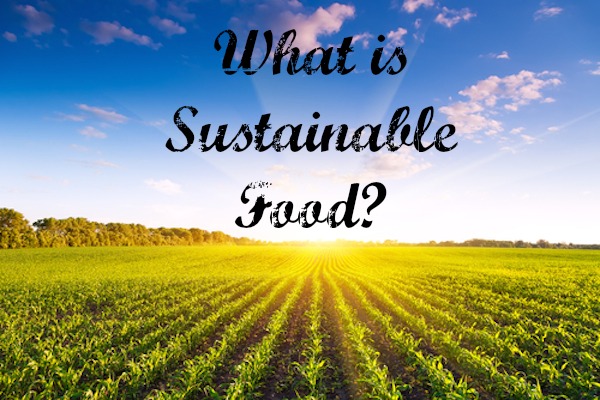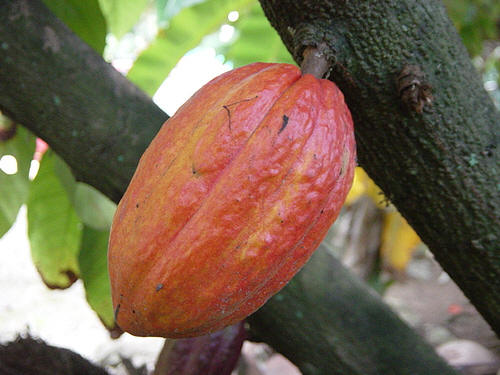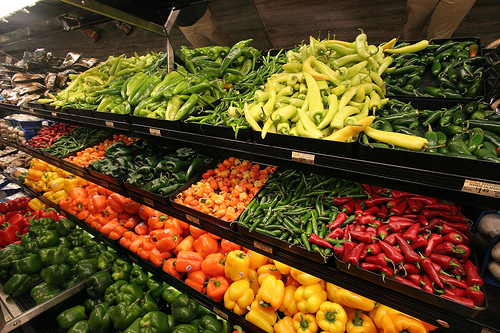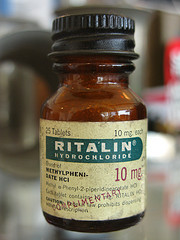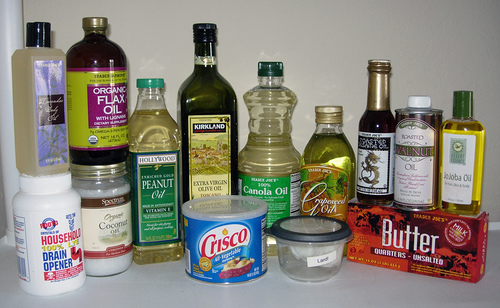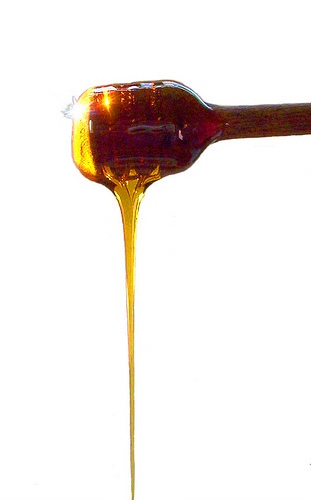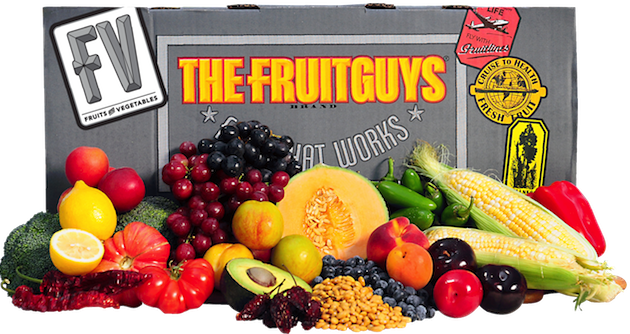I’ve been writing about good eating for a couple of years now, but I still have to ponder the meaning of “sustainable food.” In my mind, it’s food of known origin — ideally local, ideally organic. It’s fresh and seasonal (or preserved from fresh, seasonal ingredients). It’s made without a lot of unnecessary and chemically harmful ingredients. And it has been produced with respect — whether grown from seed or harvested kindly from a well-treated animal.
There is so much more that comes to mind, but I’ll pause to share another perspective.
Thanks to a Care2.com post, I found this group — Teens Turning Green — that has given me another “what is sustainable food” guidepost.
Teens Turning Green is a global, student-led group focused on education and advocacy for environmental sustainability and socially responsible choices. This group is new to me, but I appreciate the idea of exuberant young folks trying to make a difference for future generations. They’ve created an acronym to describe sustainable food: FLOSN. (No, that’s not a Scandinavian dating site!) It’s means that sustainable food is…
1. Fresh. The fresher the food, the more nutritious it is, the tastier it is, the more beautiful it is (even if it’s beautiful in an ugly way). The fresher your food, the longer it will last, helping you reduce your food waste footprint.
2. Local. The average produce item travels 1,500 miles from farm to plate. Guess what: That means your produce is old, has lost nutrition, and has probably been treated with chemicals to extend its shelf life. Food miles do more than just affect food. They also increase our carbon footprint.
3. Organic. Buying organic food means you’re avoiding most synthetic materials, like pesticides and antibiotics. It means you know your food was produced under certain conditions that reduce potential harmful impacts to you and the environment.
4. Seasonal. “To every thing, there is a season.” Right? Foods in season are cheaper and more nutritious than those that aren’t. Enjoy food when it’s at its freshest or preserve it to enjoy off-season.
5. Non-GMO. Genetically modified organisms have been engineered to withstand harmful pesticides, herbicides, and conditions. This can result in an increased use of pesticides over time that poison our air, water, and soil, and weeds that evolve into superweeds to withstand herbicides. And we don’t really know what the health consequences of consuming GMO foods are to us or our pets. Scary.
If I’m looking for an elevator speech to describe what “real” food means to me, I might add more, but FLOSN is a solid start. What do you think? More? Less? Different? What is sustainable food to you?
Image Credit: Farmland via Shutterstock
